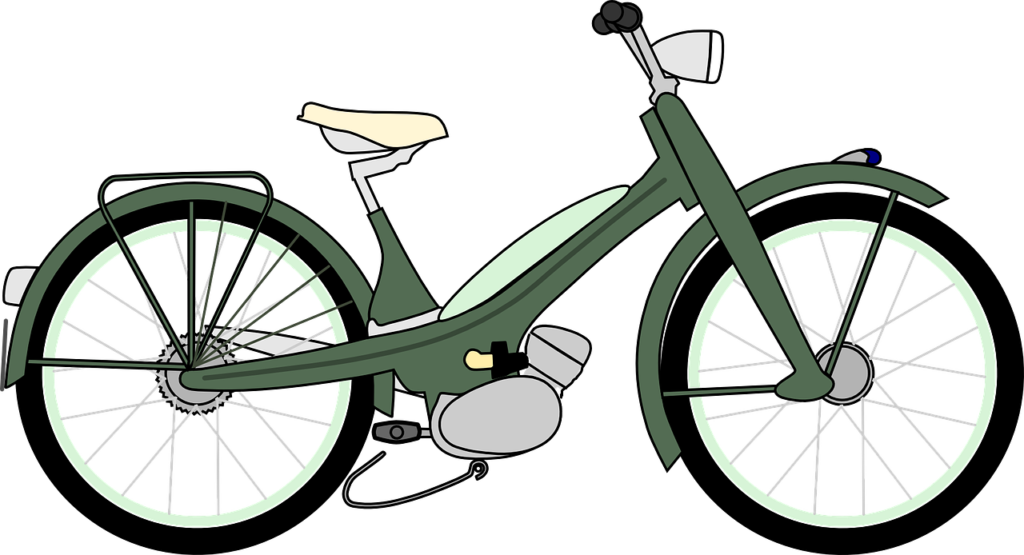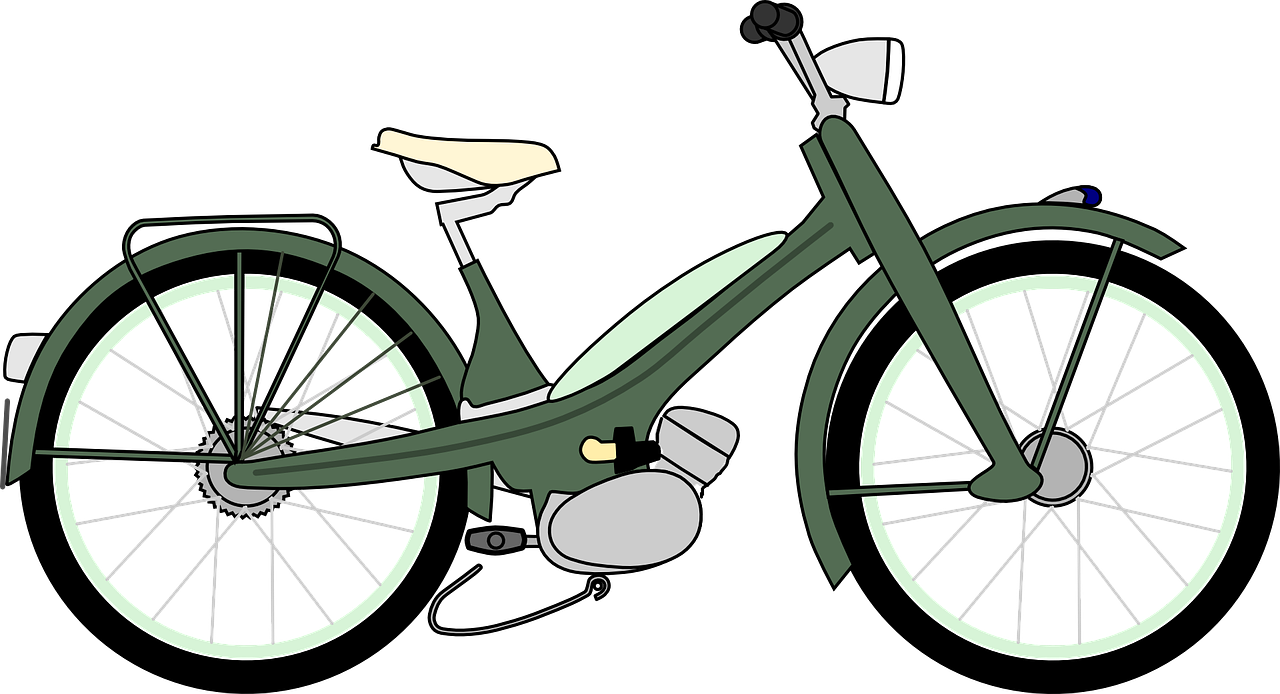Calling all E-Bike enthusiasts! Get ready to take your riding skills to the next level with our “Advanced E-Bike Riding Tips” section. This dedicated space is designed for intermediate to advanced riders who are serious about e-biking and want to get the most out of their rides. From advanced security measures to extreme uphill climbing techniques, we’ve got you covered. In this article, we’ll dive into the art of mastering the Bunny Hop on your E-Bike, giving you comprehensive and in-depth information that you won’t find anywhere else. So buckle up and get ready to elevate your e-biking game!
Mastering the Bunny Hop on Your E-Bike
Hey there, E-Bike enthusiasts! Welcome to our “Advanced E-Bike Riding Tips” section, a dedicated space for riders who are ready to go beyond the basics. Our aim here is not just to introduce you to advanced riding techniques but also to guide you through intricate technical aspects of e-biking. Here you’ll find everything from advanced security measures to extreme uphill climbing techniques—content designed for those who are serious about e-biking and want to get the most out of their rides.
The bunny hop is a fundamental technique that every e-bike rider should master. It’s not only a practical skill for overcoming obstacles on the trail but also a fun trick to impress your friends. In this article, we’ll break down the bunny hop technique, provide exercises to build strength and power, offer tips for practicing and troubleshooting common issues, discuss safety considerations, highlight common mistakes to avoid, and provide tips to help you perfect the bunny hop.
Overview of the Bunny Hop
The bunny hop is a maneuver that allows you to lift both wheels off the ground simultaneously, making it easier to clear obstacles or perform tricks. It involves a combination of body positioning, weight transfer, and pedal positioning. By understanding and mastering these elements, you’ll be able to execute the bunny hop with precision and control.

Understanding the Technique
To perform a successful bunny hop, you need to have a solid understanding of body positioning, weight transfer, and pedal positioning.
Body Position
A proper body position is crucial for executing a smooth and controlled bunny hop. Start by shifting your weight slightly back, with your arms extended and slightly bent. Keep your knees slightly bent and your weight evenly distributed between your arms and legs. This balanced position will provide stability and control during the hop.
Weight Transfer
As you approach the hop, shift your weight back further and compress your suspension by bending your knees. This loading phase stores energy that will be released to propel the bike off the ground. As you initiate the hop, explode upward by pushing down with your legs and extending your arms, transferring your weight from the rear to the front of the bike.
Pedal Positioning
Proper pedal positioning is crucial for generating power and control during the bunny hop. Start with your dominant foot forward and the non-dominant foot slightly behind, with the pedals level. As you explode upward, simultaneously pull up on the handlebars and push down with your rear foot, using the pedals as leverage to generate lift.
Building Strength and Power
Building strength and power in your legs, core, and upper body is essential for executing a powerful bunny hop.
Leg Exercises
To strengthen your legs, incorporate exercises such as squats, lunges, and calf raises into your regular workout routine. Aim for 2-3 sets of 8-12 repetitions, gradually increasing the weight or resistance as you progress.
Core Exercises
A strong core provides stability and control during the bunny hop. Include exercises like planks, Russian twists, and bicycle crunches to strengthen your core muscles. Aim for 2-3 sets of 30-60 seconds for each exercise.
Upper Body Exercises
Engaging your upper body muscles will help you control your bike during the bunny hop. Incorporate exercises like push-ups, tricep dips, and bent-over rows into your routine. Aim for 2-3 sets of 8-12 repetitions for each exercise.

Practicing the Bunny Hop
Now that you understand the technique and have built strength and power, it’s time to put it into practice. Start with basic hops and progressively move on to obstacles, focusing on timing and coordination.
Start with Basic Hops
Begin by practicing the bunny hop on flat ground without any obstacles. Start by compressing your suspension and exploding upward, focusing on getting both wheels off the ground simultaneously. Repeat this motion, gradually increasing the height and distance of your hops.
Progress to Obstacles
Once you’re comfortable with basic hops, you can start incorporating obstacles. Start with small objects like logs or curbs and gradually progress to larger obstacles as your skill and confidence improve. Approach the obstacle with speed, compress your suspension, and execute the bunny hop to clear the obstacle.
Focus on Timing and Coordination
As you practice, pay attention to your timing and coordination. The key to a successful bunny hop is getting the timing right, syncing your weight transfer, pedal positioning, and explosion of energy. With consistent practice, your timing and coordination will improve, making the bunny hop second nature.
Advanced Techniques
Once you’ve mastered the basics of the bunny hop, you can start exploring advanced techniques to take your skills to the next level.
Combining the Bunny Hop with other Moves
The bunny hop can be combined with other moves to create impressive tricks. For example, you can incorporate a 180-degree turn or a manual into your bunny hop, adding style and creativity to your riding.
Increasing Height and Distance
With practice and increased confidence, you can gradually increase the height and distance of your bunny hops. By generating more power from your legs and perfecting your timing and technique, you’ll be able to clear higher obstacles and cover greater distances.
Performing Tricks
Once you feel comfortable with the bunny hop, you can start experimenting with tricks. Consider incorporating bar spins, tuck no-handers, or even tailwhips into your bunny hop to showcase your skills and add flair to your riding.

Troubleshooting Common Issues
As you practice the bunny hop, you may encounter some common issues. Here are tips to troubleshoot and overcome them:
Lack of Height or Distance
If you’re not getting enough height or distance in your bunny hop, focus on building more power in your legs and improving your explosion phase. Work on strengthening your leg muscles and refine your weight transfer and pedal positioning.
Landing Incorrectly
If you find yourself landing awkwardly or losing control after a bunny hop, focus on improving your landing technique. Practice landing with your weight centered and your knees slightly bent to absorb the impact smoothly.
Lack of Control
If you’re struggling to maintain control during the bunny hop, work on refining your timing and coordination. Practice the motion slowly and gradually increase your speed and intensity as you gain more control.
Safety Considerations
While mastering the bunny hop is exciting, it’s crucial to prioritize safety. Here are some safety considerations to keep in mind:
Wearing Protective Gear
Always wear appropriate protective gear, such as a helmet, knee pads, and elbow pads, to minimize the risk of injury during bunny hops and other advanced riding maneuvers.
Inspecting Your E-Bike
Regularly inspect your e-bike to ensure it’s in good working condition. Check the brakes, suspension, and tire pressure, and make any necessary adjustments or repairs before attempting advanced techniques like bunny hops.
Choosing the Right Terrain
Select the right terrain for practicing bunny hops. Choose a flat, open area without any traffic or obstacles to minimize the risk of accidents or collisions.

Common Mistakes to Avoid
To achieve mastery in the bunny hop, it’s essential to avoid these common mistakes:
Relying Solely on Motor Assistance
While e-bikes provide motor assistance, relying solely on the motor for bunny hops can hinder your progress. Focus on using the proper technique and generating power from your legs to execute successful bunny hops.
Using Incorrect Body Positioning
Maintaining the correct body positioning is crucial for executing a controlled and smooth bunny hop. Avoid leaning too far forward or backward, as it can throw off your balance and control.
Neglecting Regular Practice
Consistency is key when it comes to mastering the bunny hop. Dedicate regular practice sessions to hone your skills and build muscle memory.
Tips for Mastering the Bunny Hop
To help you on your journey to mastering the bunny hop, here are some additional tips:
Break down the Technique
Break down the bunny hop technique into smaller components and practice each part individually. Focus on perfecting body positioning, weight transfer, and pedal positioning before putting it all together.
Experiment with Different Techniques
Don’t be afraid to experiment with different techniques and variations to find what works best for you. Everyone has their own style and preferences, so find what feels comfortable and natural to you.
Find a Qualified Instructor
Consider seeking guidance from a qualified instructor or joining a riding clinic. An experienced instructor can provide valuable feedback, help fine-tune your technique, and offer personalized tips to accelerate your progress.
By following these comprehensive guidelines, practicing regularly, and staying dedicated, you’ll soon be able to master the bunny hop on your e-bike. Remember, it takes time, patience, and perseverance, but the rewards are well worth it. Happy hopping!




